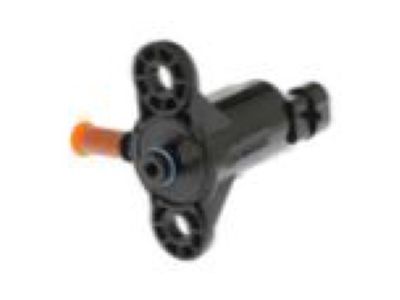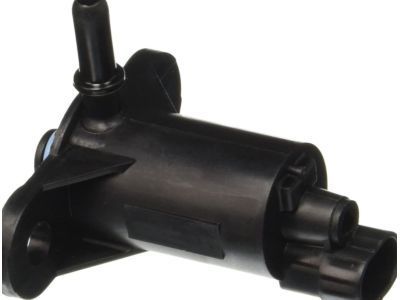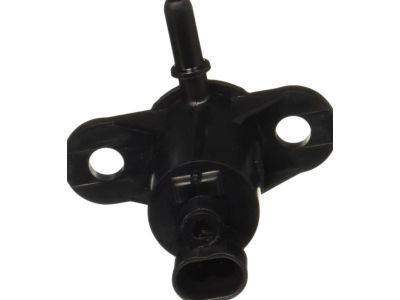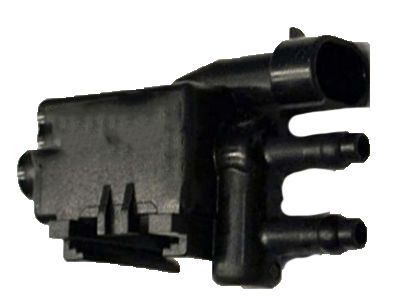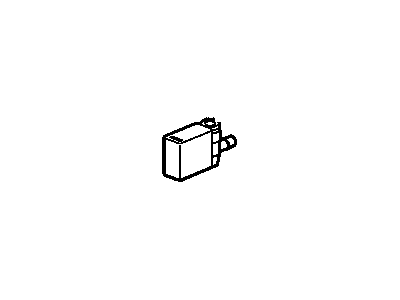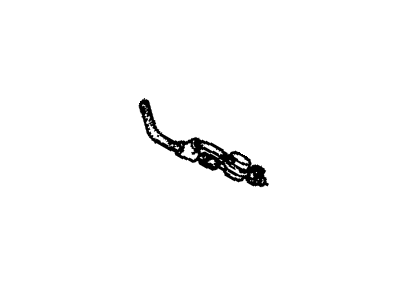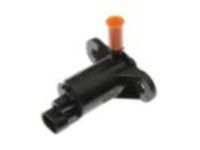
My Garage
My Account
Cart
Genuine Chevrolet Astro Canister Purge Valves
Fuel Tank Evaporator Purge Control Valve- Select Vehicle by Model
- Select Vehicle by VIN
Select Vehicle by Model
orMake
Model
Year
Select Vehicle by VIN
For the most accurate results, select vehicle by your VIN (Vehicle Identification Number).
5 Canister Purge Valves found
Chevrolet Astro Valve,Evap Emission Canister Purge Solenoid
Part Number: 1997277$41.20 MSRP: $77.22You Save: $36.02 (47%)Chevrolet Astro Valve,Evap Emission Canister Purge Solenoid
Part Number: 1997201$35.33 MSRP: $66.21You Save: $30.88 (47%)
Chevrolet Astro Canister Purge Valves
Each OEM Chevrolet Astro Canister Purge Valves we offer is competitively priced and comes with the assurance of the manufacturer's warranty for the part. Furthermore, we guarantee the speedy delivery of your orders right to your doorstep. Our hassle-free return policy is also in place for your peace of mind.
Chevrolet Astro Canister Purge Valves Parts Questions & Experts Answers
- Q: What is the function of the Evaporative Emissions Control System, Canister Purge Valves and Vapor Canister and how does it operate on Chevrolet Astro?A:The Evaporative Emissions Control System (EVAP) work by confining fuel vapor inside the fuel system hence keeping it from escaping into the atmospher in a similar manner to the PCV system, but trapping the vapors inside the fuel tank until the pressure reaches a level that unseats the pressure relief valve wherein the vapors are redirected to a carbon canister for a brief time. When specific engine parameters are met vacuum from the manifold opens purge control valve to result into allowing the vapors to be drawn into the intake manifold for combustion. Three methods control this process: a ported vacuum source through the Thermo Vacuum Switch (TVS), manifold vacuum accompanied by an EVAP purge control valve, and an EVAP Purge Control Solenoid of the later models. The carbon canister is located at the different positions depending on the model year of your vehicle, if your vehicle model is before 2000 it is located in the engine compartment and if it is after 2000 it is placed underneath the car. Signs of EVAP system failures include fuel smell or a raw fuel leakage with prominence during hot weather. From 1996, models are equipped with a fuel tank pressure sensor that checks the leakage of vapor and sets a trouble code and the SERVICE ENGINE SOON lamp, typically due to a poorly tightened gas cap. The fuel filler cap is incorporated with a safety feature that is the two-way pressure-vacuum relief valve. To do this self-test the vacuum and vapor hoses should be checked for signs of wear and tear, the carbon canister should be examined and the gas cap seal should be examined. These tests include determining the presence of vacuum at three temperatures for the TVS and EVAP purge control solenoid. The vacuum-operated purge control valve should open very little when no vacuum is applied to it and quite a lot when vacuum is applied to it. Component replacement is performed at the TVS, solenoid, and carbon canister, and disconnecting/reconnecting with attention paid to the condition of seals; filters must be clean for particular components.
Related Chevrolet Astro Parts
Browse by Year
2005 Canister Purge Valves 2004 Canister Purge Valves 2003 Canister Purge Valves 2002 Canister Purge Valves 2001 Canister Purge Valves 2000 Canister Purge Valves 1999 Canister Purge Valves 1998 Canister Purge Valves 1997 Canister Purge Valves 1996 Canister Purge Valves 1995 Canister Purge Valves 1994 Canister Purge Valves 1993 Canister Purge Valves 1992 Canister Purge Valves 1991 Canister Purge Valves

